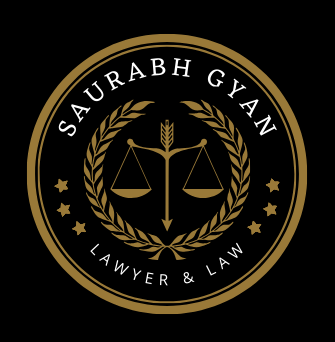In today’s competitive business world, protecting your brand’s identity is crucial. Trademark registration safeguards your brand name, logo, or slogan from unauthorized use, providing legal rights and exclusive ownership. In India, trademarks are governed by the Trade Marks Act, 1999, which outlines the process for registration, enforcement, and protection against infringement.
What is a Trademark?
A trademark is a unique sign, symbol, word, or combination that distinguishes a business’s goods or services from others. It serves as a brand identifier and ensures customer trust.
Examples include:
- Logos (Nike’s Swoosh)
- Brand names (Apple, Tata)
- Taglines (McDonald’s “I’m Lovin’ It”)
Benefits of Trademark Registration
- Legal Protection – Provides exclusive rights to use the trademark and prevents misuse.
- Brand Recognition – Enhances market presence and consumer trust.
- Asset Value – A registered trademark is a valuable intangible asset.
- Nationwide Ownership – Grants protection across India.
- Right to Sue – Enables legal action against trademark infringement.
Step-by-Step Process of Trademark Registration in India
Step 1: Trademark Search
Before applying, conduct a trademark search on the IP India website to ensure the chosen name/logo is unique and not already registered.
Step 2: Choosing the Correct Class
Trademarks are categorized into 45 classes based on the type of goods or services. Selecting the appropriate class is crucial to protect the brand effectively.
Step 3: Filing the Trademark Application
- Apply online via the IP India website or through a registered trademark attorney.
- Required documents include:
- Applicant’s details (individual/business)
- Logo or brand name
- Business proof (incorporation certificate, partnership deed, etc.)
- Power of attorney (if filed by an agent)
Step 4: Examination by the Trademark Office
- The Registrar examines the application for conflicts or legal violations.
- If objections arise, the applicant must submit clarifications within 30 days.
Step 5: Trademark Publication
- If approved, the trademark is published in the Trademark Journal for public objection.
- If no objections are raised within 4 months, the registration process continues.
Step 6: Trademark Registration Certificate
- If no opposition is filed, the trademark is registered and the applicant receives a certificate of registration, valid for 10 years (renewable).
Trademark Infringement and Legal Protection
- Unauthorized use of a registered trademark can lead to legal action.
- Businesses can issue cease-and-desist notices or file lawsuits against infringers.
- Indian courts provide strong legal remedies, including penalties and damages.
Conclusion
Trademark registration is an essential step for businesses looking to protect their brand identity and ensure long-term market success. By securing a trademark, companies gain exclusive rights, legal protection, and enhanced brand value. Entrepreneurs should prioritize registering their trademarks early to prevent misuse and establish a strong legal foundation.

